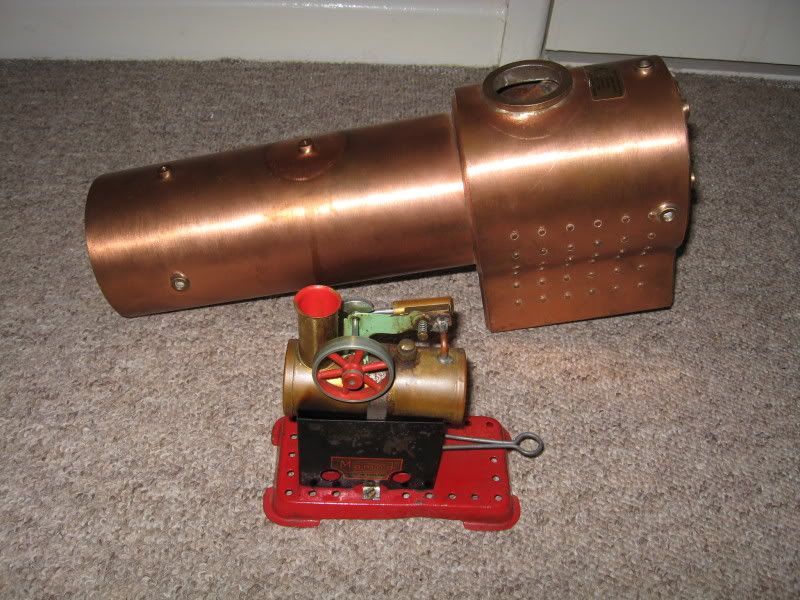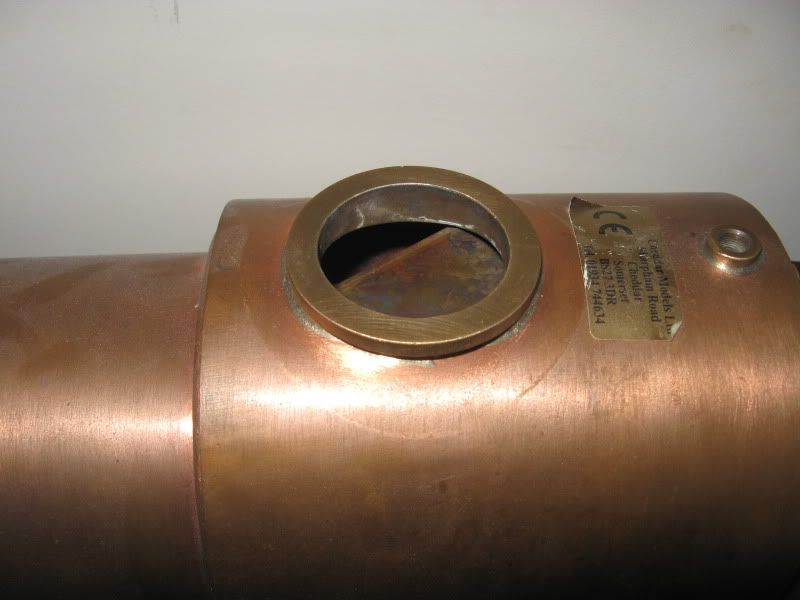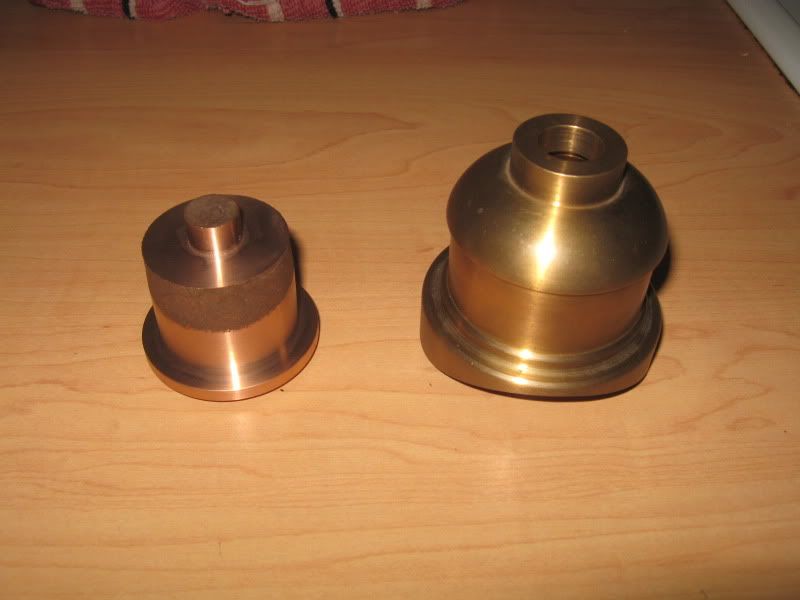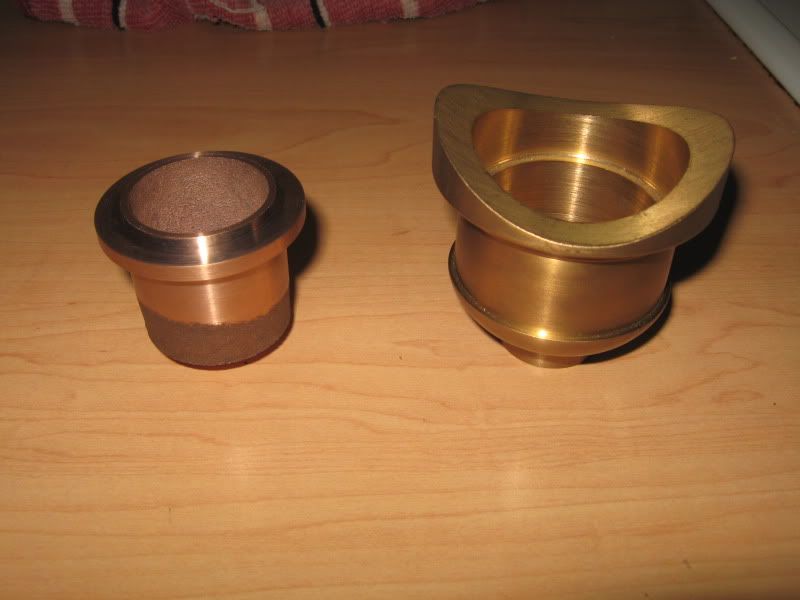syrtismajor
Junior Member
- Joined
- Feb 15, 2010
- Messages
- 50
- Reaction score
- 21
Just a simple question that I can't seem to find the answer too:
With cast bronze domes for copper boilers, what is the thinnest the material can be?
To give a bit of background, this is for a 3.5" (3/4 scale) steam loco with a commercial built coal fired copper boiler. I am building the rest of the loco to LBSC's 'words and music' where he described building the steam dome from copper and brass. There is then an after thought about using a casting where it 'just needs to be cleaned up'.
The problem arises in that the casting I bought (a gorgeous lump of bronze from Reeves) is over sized and needs turning to give room for the fixing bolts.
It is 11/4" high and 11/2" in diameter. If I turn it to drawing however, the thickness of the dome wall about the mounting flange will be about 3/32". This seems a little thin to me...
Do I leave it at about 1/8" and change the location of the mounting bolts or continue turning away the bronze?
Many thanks in advance
With cast bronze domes for copper boilers, what is the thinnest the material can be?
To give a bit of background, this is for a 3.5" (3/4 scale) steam loco with a commercial built coal fired copper boiler. I am building the rest of the loco to LBSC's 'words and music' where he described building the steam dome from copper and brass. There is then an after thought about using a casting where it 'just needs to be cleaned up'.
The problem arises in that the casting I bought (a gorgeous lump of bronze from Reeves) is over sized and needs turning to give room for the fixing bolts.
It is 11/4" high and 11/2" in diameter. If I turn it to drawing however, the thickness of the dome wall about the mounting flange will be about 3/32". This seems a little thin to me...
Do I leave it at about 1/8" and change the location of the mounting bolts or continue turning away the bronze?
Many thanks in advance








